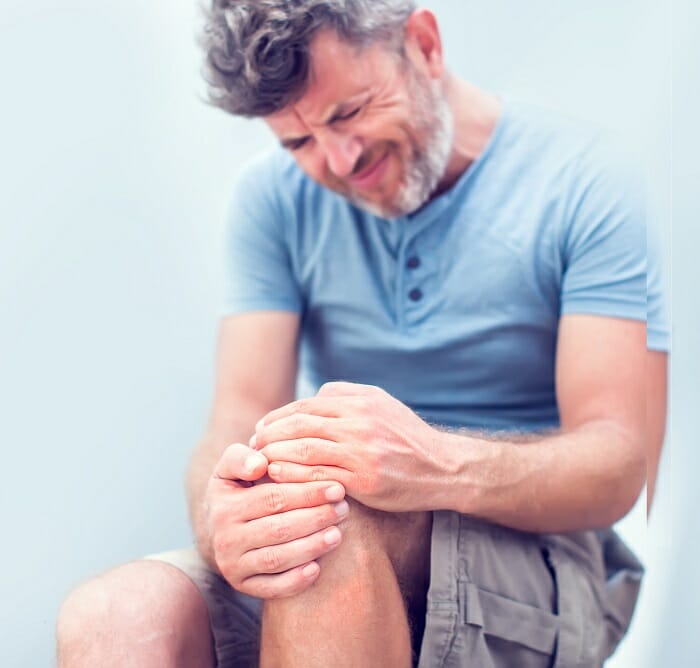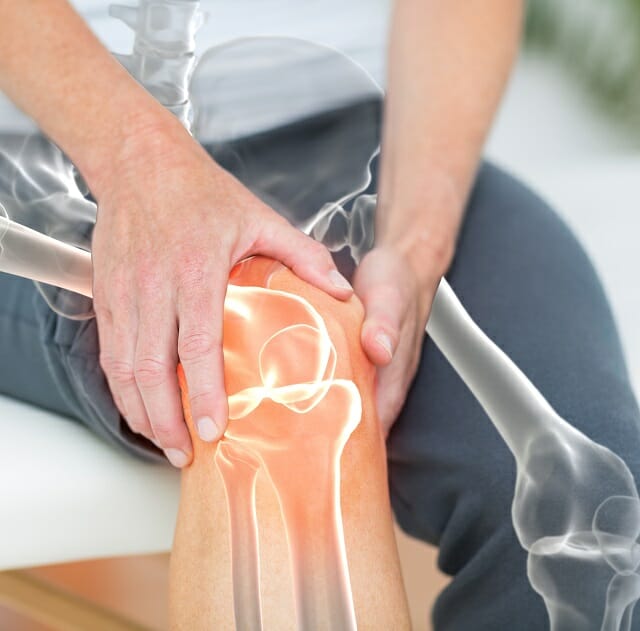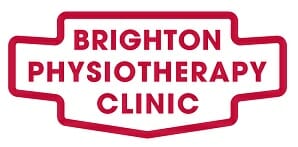Treatment for Knee Pain/Arthritis
An overview of knee pain
Knee pain originates from your knee – the part of the leg that bears the weight of your body, along with the hips and ankles. The knee performs various actions like twisting, bending, and rotating, to enable motions of the body. To go about this function every day, other structures contribute to it – the bones, tendons, ligaments, and cartilage. When any of these break down or rupture, it will result in knee pain.
What are the causes of knee pain?
Arthritis of the knee
There are two main types of knee arthritis, Rheumatoid arthritis, and knee osteoarthritis.
Rheumatoid arthritis
This is a situation where the patient’s immune system does the reverse of its function by attacking multiple joints in the body. This could lead to swelling, pain, and redness of the knee cap.
Knee osteoarthritis
This condition develops over time with the deterioration of the cartilage in the knee. People over the age of 50 are susceptible to knee osteoarthritis.

Injury to the knee
Injury to one or more of the tissues in the knee cap can cause knee pain. Common knee injuries include:
Fractures
Fractures may occur from events such as car accidents, falling to the ground, or hitting the knee against a wall. People who have previously had osteoporosis (a condition where the body loses too much bone or cannot produce enough), can easily develop knee injuries.
Bursitis
There is a sac just above the knee which holds some fluid to help against friction during motion. This sac is called a bursa. This sac could get irritated from falls and repeated bending, which leads to painful swelling in the knee.
Meniscus Tear
As a person advances in age they are more prone to a meniscus tear. Menisci refer to the two strong pieces of cartilage in-between the shin bone (tibia) and the thigh bone (femur) – which serve as some sort of shock absorber. A tear in this cartilage is a common cause of knee pains.
Patella tendinitis
This injury occurs when the tendon(s) is irritated and inflamed. People who engage in some sporting activities are likely to experience this.
Diagnosis
Diagnosing knee pain can be as straightforward as possible. You just need to provide details about the pain, which would be followed by a physical examination. Your doctor will most likely ask:
Where the pain emanates from
The cause of knee pain can be determined by its location. For instance, pain from the inside of the knee may likely be caused by medial meniscus tears, and pain over the front of the knee may be the result of Baker’s cyst.
When you feel the pain
The timing of the knee pain further narrows down the nature of the illness. It could be when taking a walk, or knee pain shortly after waking in the morning, or walking down a flight of stairs. Each of these signal particular causes.
What the symptoms are
There are a variety of symptoms. Some knee cap pains come with swelling, fatigue, fever, joint aches, and even weight loss. Your doctor will ask you if you’ve experienced any signs like these to better understand your medical condition.
Treatment
Treatments for knee pain vary depending on the cause and severity. They are all under different categories:
Self-care
These are remedies which can be applied in the comfort of your home.
Getting enough rest
This is a very important way to recover from knee pain. The less stressed the knee is the faster the inflammation subsides, and the quicker the knee gets back in good shape.
Applying ice
Applying ice to the knee, multiple times in the day, can speed up recovery. The ice should, however, not be placed directly on the skin.
Using knee support
In some cases, knee support may be recommended by your doctor. Whether or not you would need one largely depends on the diagnosis.

